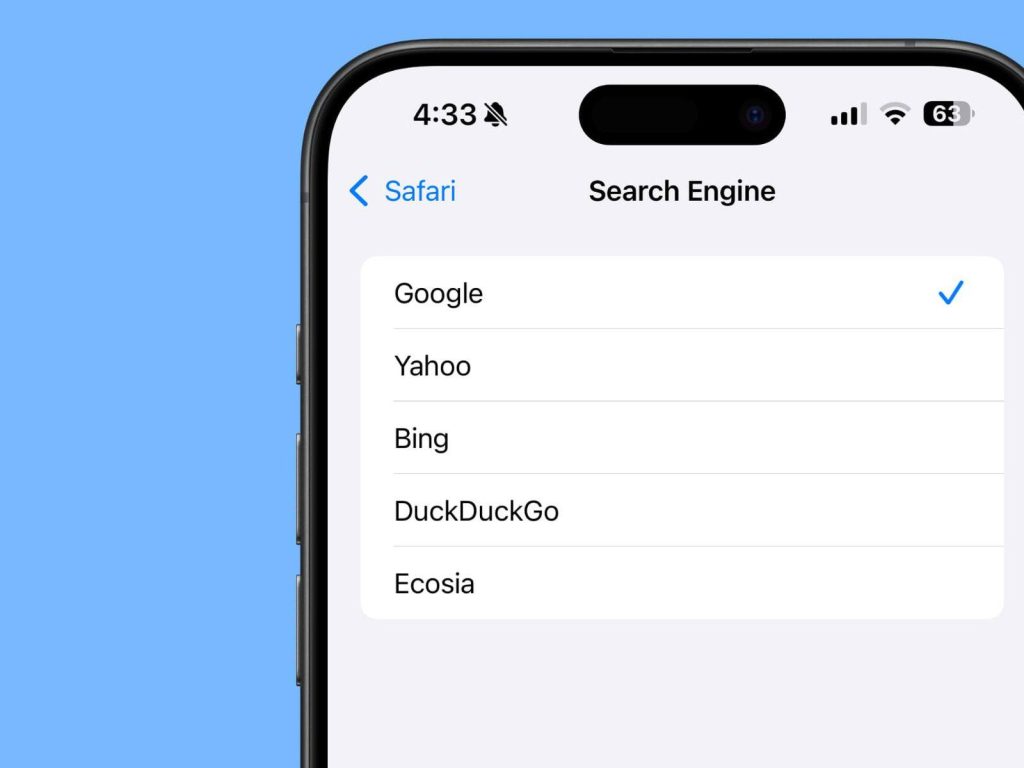For local businesses, having a strong online presence is essential for success. Search Engine Marketing (SEM) plays a vital role in ensuring that businesses are visible to their target audience, especially when customers are searching for services or products in their area. By using a combination of paid advertisements and search engine optimization (SEO), local businesses can improve their rankings on search engine results pages (SERPs) and attract more customers. The right SEM strategy can help local businesses compete effectively, even against larger companies.
Boosting Visibility with Local Search Ads
Local search ads are one of the most effective ways to improve a business’s visibility in a specific area. These ads appear when people search for relevant services or products on platforms like Google. What makes local search ads especially useful is that they target potential customers based on geographic location. This means that when someone searches for a nearby coffee shop, repair service, or restaurant, the business can appear at the top of the results.
By bidding on specific keywords relevant to the business and optimizing for location, local search ads ensure that businesses get noticed by people who are ready to make a purchase or inquiry. Google Ads, for example, allows businesses to create ads tailored to specific locations, further ensuring that the ads are reaching people nearby. The website offering local SEM services helps small businesses tailor their strategies to match the unique needs of their area, making this a valuable investment for growing local presence.

Optimizing for Local SEO
SEM also heavily relies on strong local SEO practices to maximize organic reach. A critical part of local SEO is ensuring that the business information, such as name, address, and phone number, is consistent across online directories and social media platforms. This consistency not only improves the user experience but also boosts the business’s credibility in the eyes of search engines.
Local SEO optimization includes claiming and updating listings on platforms such as Google My Business, Yelp, and Bing Places. Businesses need to ensure their profiles are complete and updated with accurate information, including opening hours, contact details, and business categories. By doing this, search engines can accurately categorize and rank the business in relevant local searches, thus improving visibility to nearby customers. Furthermore, online reviews play a crucial role in local SEO, and businesses that encourage positive reviews often see higher rankings in local search results.
Targeting Specific Audiences with Keywords
A targeted approach to keywords is another essential aspect of SEM. Identifying and bidding on keywords that are highly relevant to the business but also focused on the local area can drive more traffic to the business’s website. For instance, instead of using generic terms like “flower shop,” a local business could bid on “flower shop in Miami” or “florist near downtown Austin.” These location-specific keywords ensure that the ads reach people who are looking for services in the immediate area, thus increasing the chances of conversion.
Long-tail keywords, which are more specific and often include location-based phrases, help local businesses compete without having to spend heavily on broader terms dominated by national or global brands. Creating content around these localized keywords, such as blog posts, guides, or videos, also enhances the business’s chances of ranking well in organic search results. Properly optimized landing pages that align with these keywords further increase the likelihood that users will stay on the site, explore services, and eventually convert into paying customers.
Measuring SEM Success and Adjusting Strategy
No marketing campaign is complete without tracking performance. One of the great advantages of SEM is the ability to measure every aspect of a campaign’s success in real-time. Local businesses can monitor how well their ads are performing, how much traffic is being driven to their website, and how many conversions or inquiries are being generated. Key performance indicators (KPIs), such as click-through rates (CTR), cost-per-click (CPC), and conversion rates, provide insights into the effectiveness of the campaign.
Regularly analyzing these metrics allows businesses to make necessary adjustments to their strategy. For example, if a particular keyword isn’t delivering the desired results, businesses can pivot to focus on different keywords or adjust the ad copy to better resonate with the local audience. Budget allocation is also a key factor—ensuring that the right amount of money is being spent on the most successful keywords and ads ensures a higher return on investment. SEM is a dynamic process that requires constant optimization to stay ahead of competitors and to continue delivering strong results.
Conclusion
Search Engine Marketing has become a critical tool for local businesses looking to enhance their online visibility and drive more customers to their doors. With the right approach to local search ads, SEO optimization, keyword targeting, and performance tracking, businesses can effectively compete in their local markets. SEM offers local businesses the ability to reach customers at the exact moment they are searching for services, making it a powerful method for growing revenue and brand awareness. Integrating these strategies effectively, with occasional assistance from professional websites, can significantly boost a local business’s standing in its community and beyond.

